Why Margin Bidding Can Fight The Effect of Tariffs
We’re in the middle of a barrage of daily tariff and Trump news - but what does it mean for digital, and what can digital marketers actually do?
Built on flexible goals and revenue optimisation, the first thing to note is that digital is in a good place to roll with tariff changes as they happen. We look at what’s happening to tariffs and digital and examine how margin and revenue optimisation can help businesses keep momentum.
Double Trouble For Drop Shippers
The immediate impact for digital has been the pull back of Chinese retailers who advertise heavily in the US - Temu and Shein in the vanguard. They are hit by double trouble: tariffs on Chinese imports, plus the closing of the ‘de minimis’ rule which allows cheaper goods (under $800 value) to enter the US without the standard duties and custom charges. This upends a lot of ecommerce business models - not just Chinese retailers, but also drop shippers and swathes of the US ecomm sector.
Will US Digital Costs Fall?
The potential pull back in digital spend in the US is huge. Around 10% of Meta’s ad revenue comes from Chinese companies, and we can extrapolate this figure across platforms. The last similarly big market exit was in 2020 during the Covid pandemic. While CPCs on Google did move downwards briefly, it was CPMs on Meta which really swung down then. Will the same happen again, or will the platforms have new mechanisms in place to keep pricing on a smooth trajectory?
Margin Bidding to the Rescue?
Optimising to revenue can guide digital campaigns through sudden swings in demand. Optimising to margin - when margins vary across product ranges, or over time - can make this revenue bidding more robust in a time of surprise or changing tariffs.
This can be set up at checkout - passing the margin of an order - or at the product level, and optimised to across campaigns or for particular campaigns. It can also be monitored but not optimised to, to track if profits and total sales are diverging or are remaining stable. If only a banding of your products are hit by tariffs - you could pick these out with a custom label used in Google Shopping to set a different target ROAS, for example, for these products.
Tariff Negotiations and the DST
In the aftermath of Trump’s day of tariffs, countries have begun negotiating with the US. Deals reached are likely to impact tariffs, duties and import rules country by country. For the UK, the Digital Services Tax (DST) is known to be on the table. This is the 2% tax charged on digital advertising and services. Google pass through the tax as a line on their Ads invoices.
The reason for the tax is to try to claw back tax lost on companies who headquarter in Ireland, but make huge profits in the UK without paying the appropriate tax. In the absence of an international agreement on global corporations and the tax they pay in every territory, flat taxes like this are a ‘best we can do’ scenario.
A cut in the DST would be a minor concession for the UK treasury (it generated £258M in 2021/21 according to the Treasury) but would unlock 2% of budget for digital advertisers in the UK. The 2% tax going away carries the promise of a small and compromised upside during a period of volatility.
Upsides
The tariff crisis raises the prospect of the US joining the rest of the world’s moribund GDP growth levels. This has deepened the pre-existing mood music around economic growth problems, shaky consumer sentiment, high inflation, and political uncertainties leading to predictable calls for advertisers to ‘react but don’t panic’ and to ‘continue brand building’. Sensible advice, but we have also been looking further at the potential upside.
The US is the largest economy in the world, but it’s also true that despite tangled global supply lines, the US makes up only 13.6% of global imports.
Whatever growth stories emerge from the current crisis and realignment, digital will be part of those stories - its flexible targeting, margin and revenue based optimisation and quick connection to new markets make it the best guide to growth that many businesses have.




